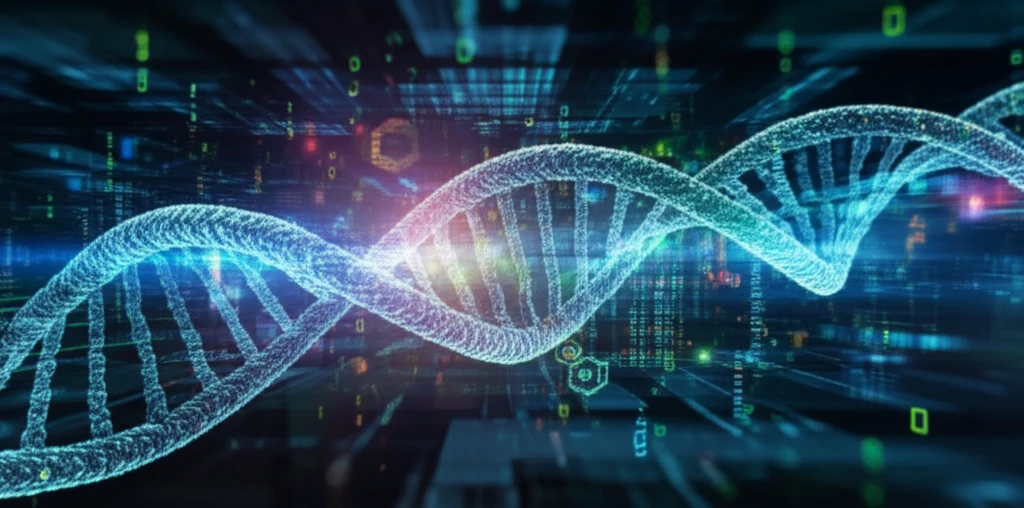
Decoding the Genome: How New Technologies are Revolutionizing Data Analysis
"Unlock the potential of next-generation sequencing with innovative computational methods for faster, more accurate results."
Next-generation sequencing (NGS) technologies have revolutionized the field of genomics, making it possible to acquire vast amounts of genomic data at a fraction of the cost compared to traditional methods. Platforms like Illumina/Solexa, ABI/SOLiD, and Roche/454 Pyrosequencing are now commonplace, generating unprecedented volumes of information.
This explosion of data, however, presents significant challenges. Analyzing these massive datasets, often terabytes in size even for small genomic projects, requires sophisticated computational methods. The ability to efficiently interpret this data is crucial for a wide range of applications, from identifying genetic variations and predicting gene function to understanding disease mechanisms and designing personalized therapies.
The need for improved software pipelines and innovative computational approaches is paramount. Fortunately, researchers are rising to the challenge, developing new algorithms and technologies to cope with the deluge of biological data and unlock the full potential of NGS. This article explores some of the most promising advancements in the field, paving the way for faster, more accurate, and more insightful genomic data analysis.
Computational Genomics: The Engine of Discovery

Efficient algorithms for processing short nucleotide sequences are the cornerstone of modern DNA sequencing. One key area is genome reassembly, both de novo (without a reference) and reference-guided, which has significantly impacted health research.
- Using Bloom filters to store spaced seeds, tolerating sequencing errors.
- Tracking the frequencies of observed spaced seeds with specialized data structures.
The Future of Genomic Analysis
The research highlighted here represents just a snapshot of the ongoing innovation in computational methods for next-generation sequencing. As technologies continue to evolve, we can expect even more sophisticated algorithms and applications to emerge.
These advancements not only accelerate the pace of genomic research but also open new avenues for personalized medicine, drug discovery, and our fundamental understanding of life itself.
By addressing the computational challenges associated with NGS data, researchers are paving the way for a future where genomic information can be harnessed to improve human health and well-being on a global scale.
